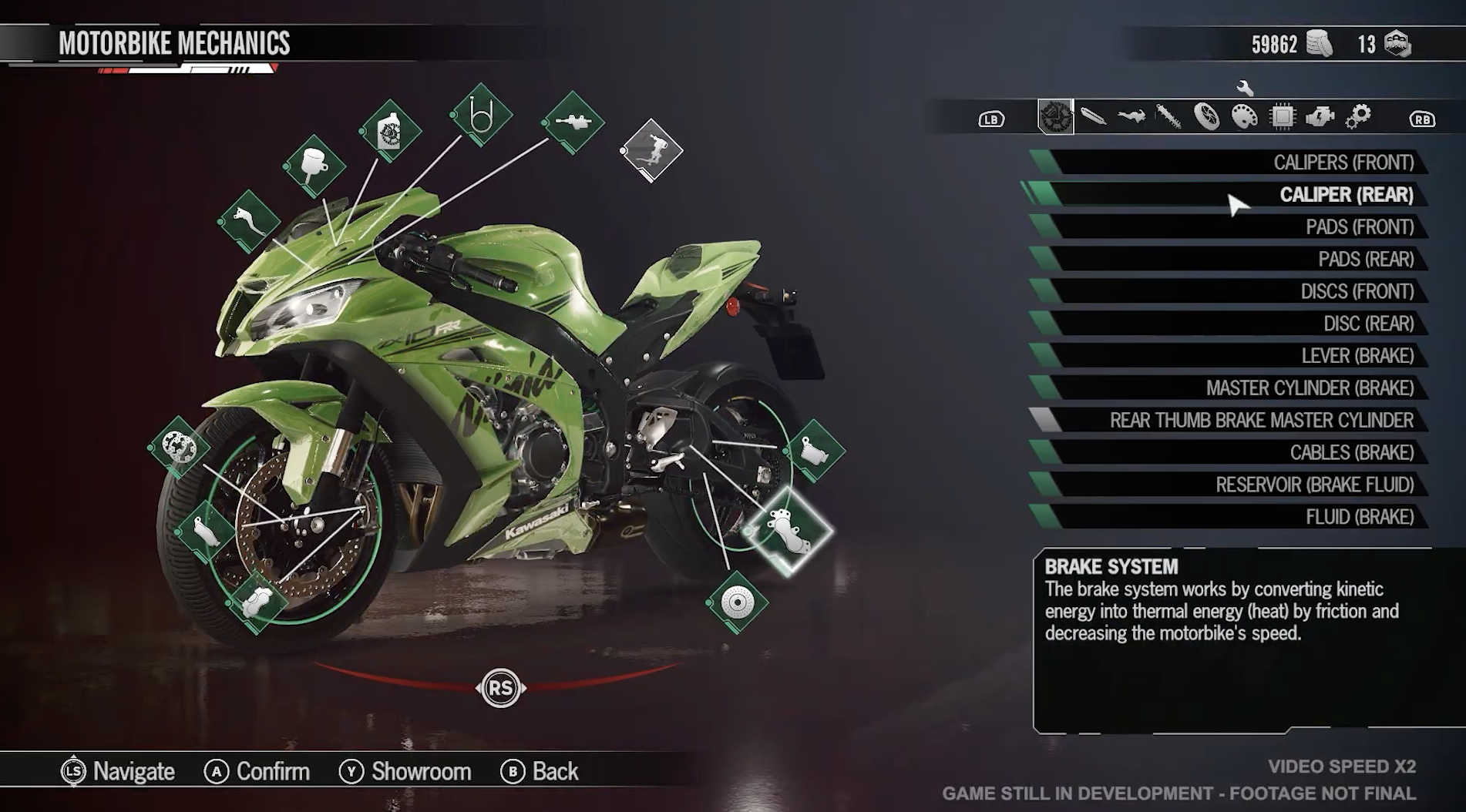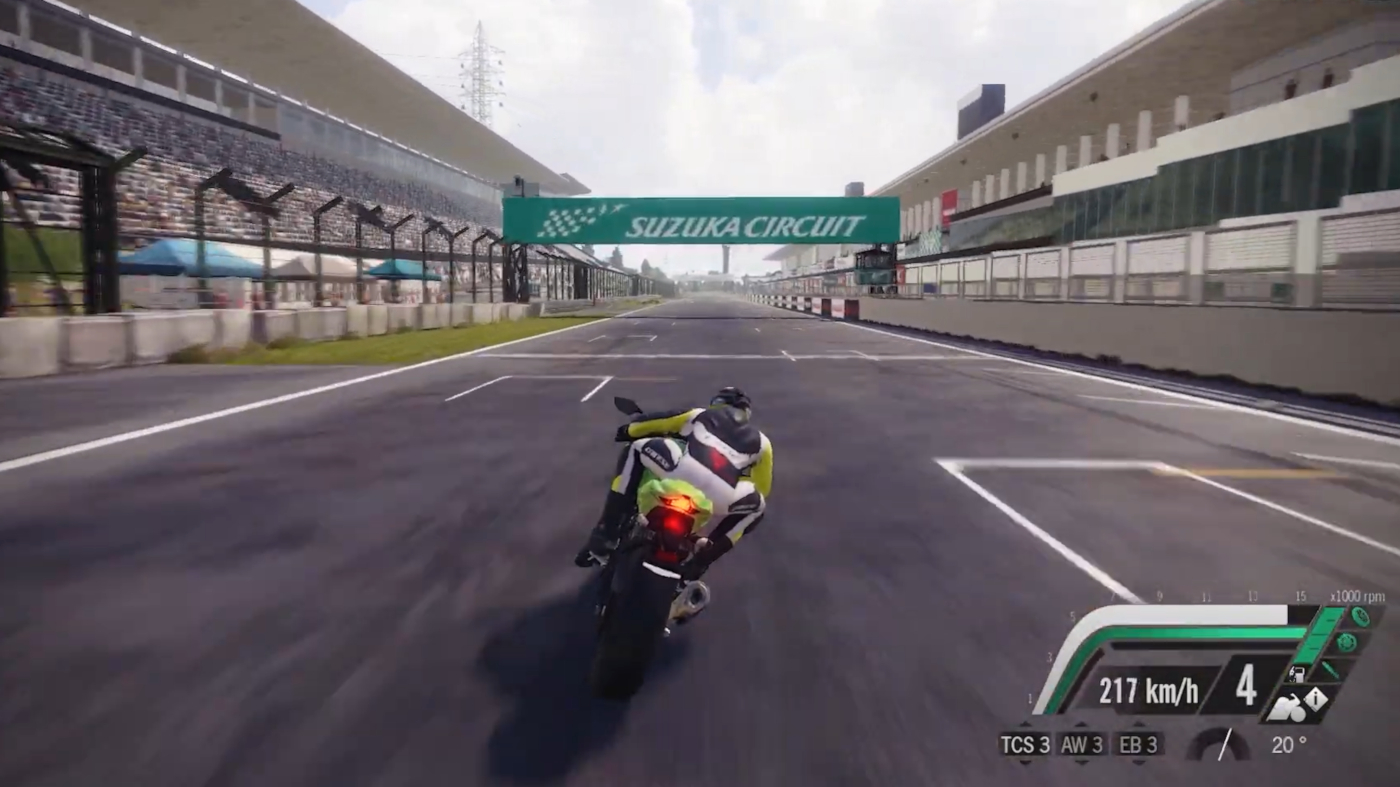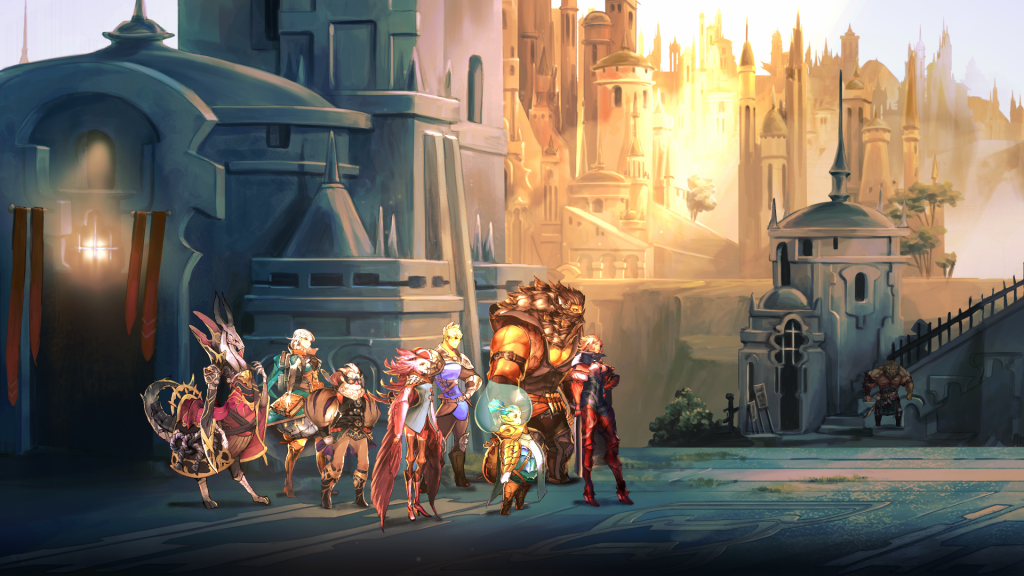I’ve been having a tough time, lately. I live in a big city in the United States, and I’m struggling to find work that isn’t going to make me spiritually miserable or exhaust me completely. The COVID-19 pandemic has taken a second turn for the worse in my country, and a lot of hope I had back in May is mostly gone. I’m not suffering nearly as badly as many of my countrymen are, but I’m also feeling like I don’t have much of a future – every day, there’s new stories about corporations gobbling up resources and space side by side with stories of hundreds of thousands of regular people on the brink of losing their homes. I, and many of my friends, feel pretty powerless to make any change for the better.
The Ascent (Neon Giant, 2021) feels like a strikingly timely game, which surprised me. I expected it to be a solid but one-note sci-fi action RPG, with a story about some regular guy who becomes powerful beyond his wildest dreams and saves his society from total collapse – if this sounds cynical, it’s because my recent experiences with sci-fi stories in games have been subpar. What I found instead was an elegant narrative that struck chords the way sci-fi and cyberpunk media ought to: the author trying to communicate an allegory alongside the plot, but through immersion – wrapping you up in the details, until you encounter something that isn’t identical to your experience, but mirrors it through a series of scratched, neon lenses. You connect to the characters not because they do the same things you do, but because they feel the same way for similar reasons.

Your character in The Ascent is a glorified handyman with a gun, indentured into servitude to the Ascent Group in exchange for the travel fare it took to get to this planet. The Ascent Group itself couldn’t care less if you lived or died, but stackBoss Poone, your direct supervisor, is a little more involved. Your job is whatever he decides it is, whether that’s going down into the bowels of the Arcology to do repairs to to clean out Feral nests.
And then, the Ascent Group shuts down. Not the arcology itself, exactly, but the board of directors running the show. Suddenly they’re gone, and they’ve defaulted on all their finances. Their systems doing larger scale maintenance and operation are going offline. It’s every indent for themself. If you don’t move fast, competing corporations are going to descend on your arcology and strip it for parts, leaving the massive machine you live in totally non-functional.
You solve these problems with guns, of course, because it’s an action game. The core mechanic that sets The Ascent apart is its height system, which creates a genuine tension. At “rest” you stand straight up and shoot at waist height. You can raise your gun to shoot at a higher height, which does increased stagger damage. You can also crouch to hide behind cover, or walk around like a very dangerous duck out in the open if you really want. While you’re crouching, you can raise your gun to shoot at “waist height” over your cover, avoiding all shots that would hit you. Playing evasively behind cover is a big part of the game, and as enemies spawn in and swarm you’ll need to constantly re-evaluate your position. The shot-height mechanic was surprisingly robust, and I enjoyed getting to see it put to the test right out of the gate – the first enemies you encounter, ferals, are low to the ground. If you raise your gun to try to invoke more stagger damage, you’ll simply shoot right over them. This dance of crouching, hiding behind cover, dashing out, and then crouching in the middle of the open space to try get the right shot becomes part of the rhythm of the game later on, as other alien species of different heights join the ranks of the gangs you’re fighting.

There are a variety of classes of guns, which obviously perform differently but actually feel different to play too. You can equip a tactical item which charges up as you do damage, and while these are diverse and also feel different to use, the kinds of tac’s you’ll end up carrying into later stages of the game narrow significantly. Once you find the tactical that spawns an entire mech for you to pilot, I doubt you’ll ever go back.
You also can equip two augmentations and two modules, the former of which are active while the latter are passive. The augmentations feel great and very diverse, but unfortunately as a solo player my sole focus was survivability and immediate damage output. I imagine that in multiplayer, there’s more room to explore more niche character builds because your teammates can watch your back. Really, though, I was excited every time an augmentation came off cooldown and I got to use it. They’re powerful without being the basis for your whole playstyle, and the visual effects that accompany them are fantastic. They just feel great.
While the combat mechanics themselves feel good, The Ascent does commit three combat design cardinal sins. 1. Enemies spawn from behind you from areas you’ve already cleared, which breaks the immersion pretty badly. This is acceptable in the areas where enemies spawn by climbing in from over the sidewalk railings, but in dungeons it feels terrible. 2. Damage numbers are inconsistently displayed, which is important because the color of those numbers tells you whether the damage type you’re using is effective or not. 3. Enemies just don’t stop coming in certain areas. This would be okay if you started a big fight and every enemy nearby off the screen came towards you, but new enemies will spawn in for this big encounter – and then you’ll move further through the zone and yet more enemies are waiting nearby and spawn fresh. This kind of encounter pacing feels okay in the neighborhoods, but it’s an absolute slog during some of the closed-space missions.
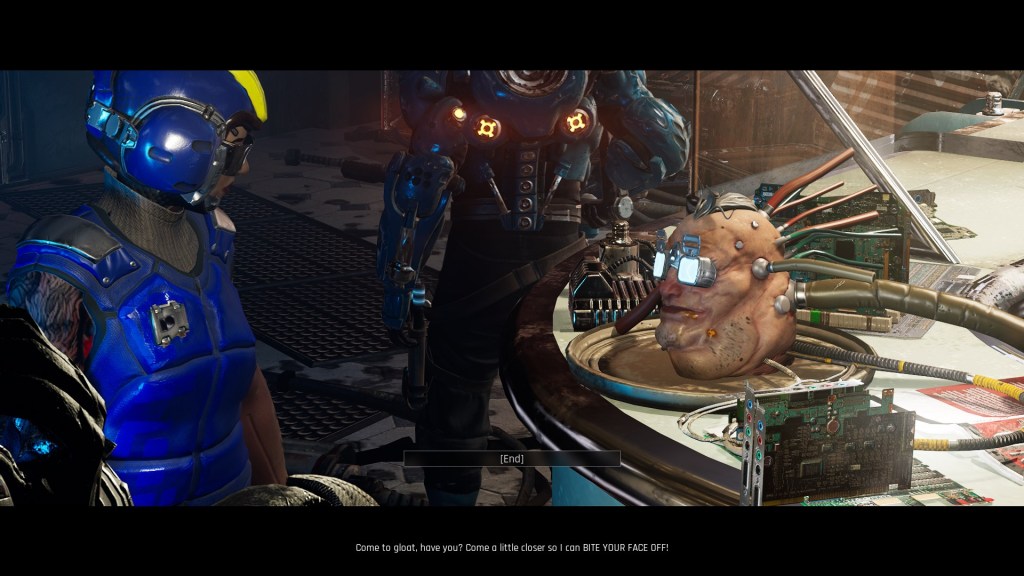
The world of The Ascent is deeply horrifying, but generally in the same ways that capitalism, militarism, and socio-economic exploitation are horrifying in our own world. The writers behind The Ascent know just the right dials to turn to take regular exploitation and make it even more gruesome – one of my favorite side missions involved tracking down the corpse of an alien’s friend, which had gotten lost in the morgue system. Over the course of the plotline, you discover that the soda this alien’s friend was obsessed with actually contained slime from an alien creature which, when incubated in a warm being, could bioaccumulate rare metals. This missing corpse was harvested for her metals after death, and wiped from all records. Most of the other side missions I played were like this – surprisingly personal little stories of grief, anger, and deception inside this huge arcology these people all called home. Mechanically, too, the side missions I completed all felt like they were worth doing – interesting weapons and augments are given as rewards.
The main reason The Ascent’s setting can successfully be so creepy and genuine is because the world feels truly alive. A large part of this is thanks to The Ascent’s incredible graphics and stunning attention to detail. No two neighborhoods feel the same, yet are never too different so as to feel like they can’t be part of the same citystate – and even more granular, no two streets feel quite the same either. The immense amount of work that went into placing trash, streetlights, weird little NPC conversations, open buildings, cables, and machinery pays off tenfold by making the arcology feel like a real place. My favorite trick Neon Giant uses is all the animation and action happening in the background, under and away from the surface you’re walking on. Ships fly by, lights blink, maintenance robots go about their job – the arcology’s infinite number of systems are all playing out around you, ignoring you completely – just like life.
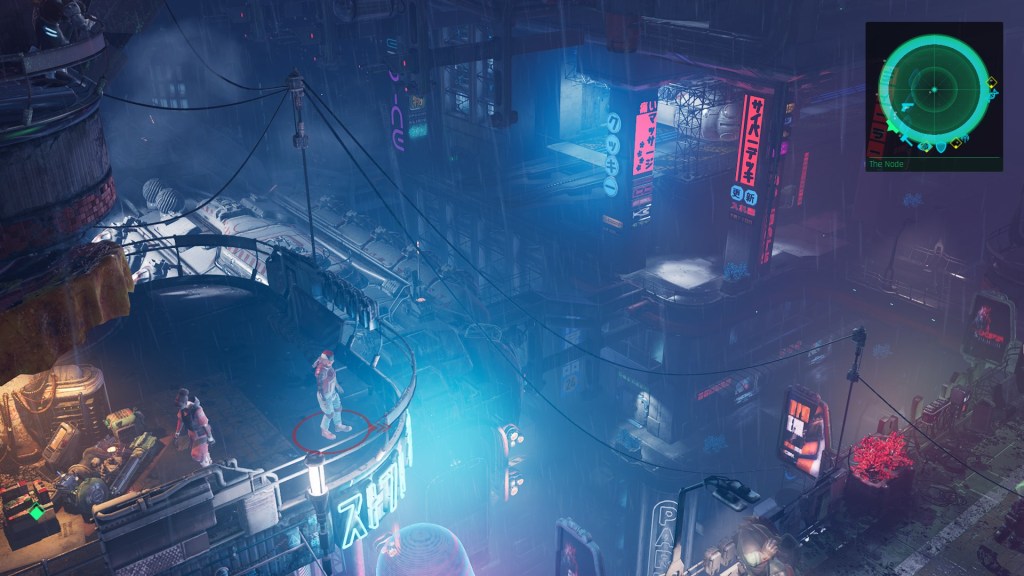
Neon Giant’s approach to the distant future is to lean all the way in, to really explore and display the full possibilities of what life might look like – this, too, makes the world feel somehow more alive than a nearer version of the future more closely tied to what we know. There are multiple other species of aliens all living in concert in the arcology, and I applaud Neon Giant for making them look more radically different than “vaguely human-shaped.” I’m especially a fan of the Keesh, these bipedal eel people who have had to reshape a lot of their traditional behaviors and society to fit in with other sentient beings.
One part of the arcology’s design that feels true to life and is miserable to play through is the way fast-travel works. Quite a few main story missions require you to travel to far-apart places in the arcology, including across tiers of the structure. The fast-travel train system will move you a significant distance, but you’re still going to have to do quite a bit of running around to get between tier elevators, which is a big drag on pacing. The taxi system is a joke: you can pay 1,000 uCreds to be picked up anywhere, just to be dumped somewhere in the middle of your selected neighborhood – you can’t pick your actual destination.
Bodymodding is a big part of society – and of gameplay, through the augments. You can change your sex for free and whenever, if you want, at the same place you get razor drones and energy shields inserted under your skin. And, again, Neon Giant isn’t afraid to make the far future scary and upsetting – corporations have figured out how to freeze people, but making spaceships go fast is difficult and expensive. If you want to get to a new planet, you’re going to need to sign away some years of your life to pay for the journey. If the ship you’re on miscalculates its trajectory, you might not get to your destination for decades – an NPC in the spaceport has been waiting for her brother for years, with no confirmation of where his ship is or when he’s going to show up. This repeated, subtle theme about the artificially long lives people live, contrasted against how dangerous and miserable it is to get turned into living trash in the arcologies really stuck out to me.

The voice acting for stackBoss Poone, nogHead, and Kira was excellent. Actually funny jokes, simple but solid characterization for those three main NPCs, and unique alien designs make the main cast really stand out as great characters in a genre that doesn’t often get such tender writing attention. The cinematic cutscenes during major plot moments are well-animated and well-paced – none overstayed their welcome, and were all skippable if you had, say, just died and needed to get through a scene again.
Ultimately, I liked how low-profile the plot of the game was. Obviously you run around starting big gun-fights and getting involved in megacorp politics, and the final boss fight does bridge into cosmic horror, but you start as some guy with a long and terrible contract, and you end as some guy who happened to have an absolute nightmare of a day who is now technically a “free agent”. You might have access to the upper level of the arcology where the sun actually hits you, but you can’t live there. There’s no way you can afford it. You’re a handyman.
The Ascent is a high-quality entry in the canon of ARPGs, and I hope attention stays on it long enough for it to make a mark. Unfortunately, the game was quite buggy and had some very rough performance issues at launch, and while many of these have been fixed with a patch on August 6, many stutters and bugs remain. However, Neon Giant seems dedicated to their effort, and I trust these will be ironed out in the next few weeks. 8.5/10
GameRev was provided with a key for the purposes of this review. KudzuControl played The Ascent on PC, using a mouse and keyboard.


